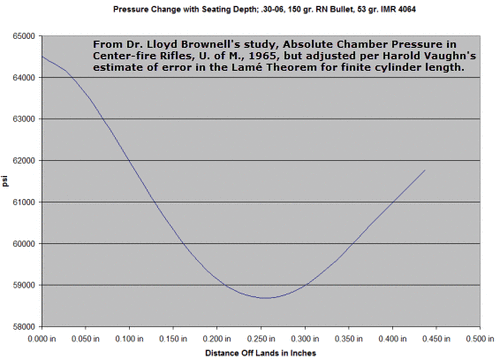Dougfirtree
Well-known member
Hi all,
As someone who is relatively new to reloading, I'd love to hear how you experienced folks approach a change in overall length. Let's say I've done a standard ladder test and identified a powder charge that my rifle likes. Seems like the next step is to play around with depth a bit. Do you usually start increasing the depth, or decreasing? What increments do you use? Just in case it matters, I'm interested in this subject generally, but am specifically working on a load right now with the Barnes LRX. Also, the powder charge in question is 1.5 grains below published max. Thanks!
As someone who is relatively new to reloading, I'd love to hear how you experienced folks approach a change in overall length. Let's say I've done a standard ladder test and identified a powder charge that my rifle likes. Seems like the next step is to play around with depth a bit. Do you usually start increasing the depth, or decreasing? What increments do you use? Just in case it matters, I'm interested in this subject generally, but am specifically working on a load right now with the Barnes LRX. Also, the powder charge in question is 1.5 grains below published max. Thanks!





